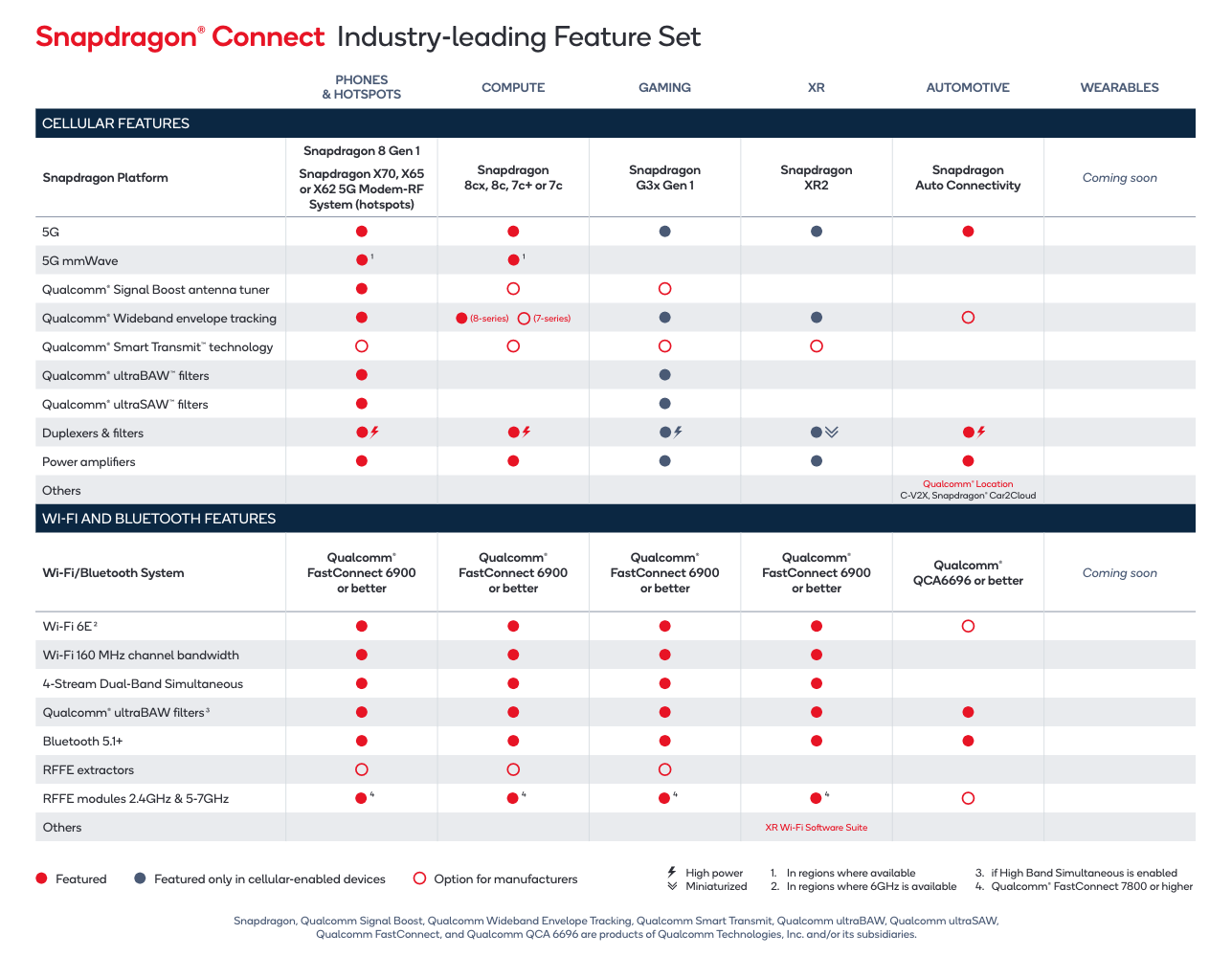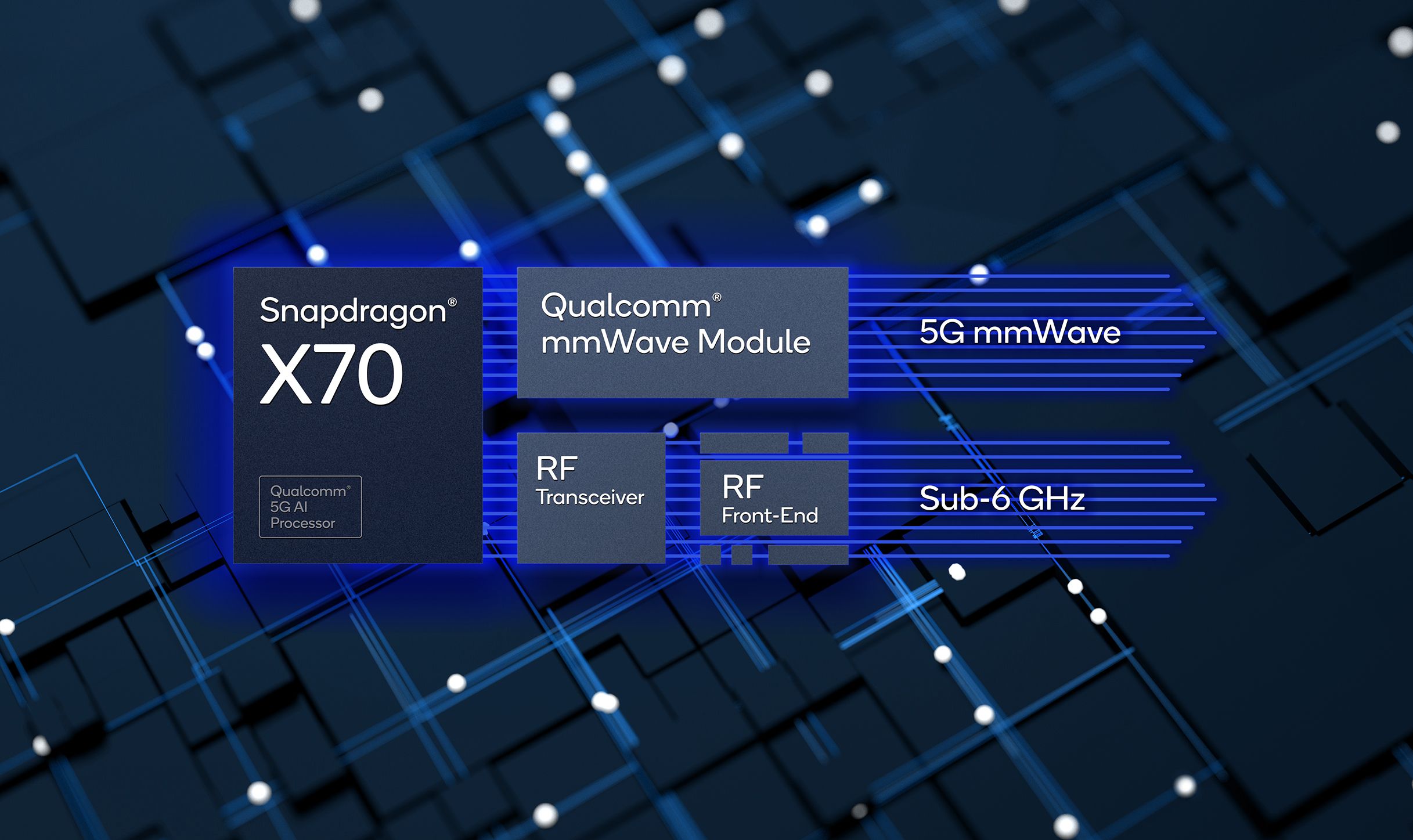As it does every year, Qualcomm has unleashed a torrent of product updates that will directly and indirectly affect the components in the phones, tablets, earbuds, wearables, and connected PCs over the next year. While MWC 2022 may have flashier announcements, Qualcomm's may end up having the most impact on the devices you will one day buy.
FastConnect 7800 and Wi-Fi 7 that doesn't exist yet
The most noteworthy of announcements, at least from a casual user's perspective, is the introduction of the FastConnect 7800 platform, which Qualcomm claims is the world's first connectivity solution with Wi-Fi 7 support — a standard that may only be finalized in 2024. But as we know from the mess that eventually congealed into Wi-Fi 6, companies love to release routers that support unfinished specifications in hopes that early adopters will jump at the chance to take advantage of new features, speed increases, and underutilized spectrum.
At the moment, Wi-Fi 7's technical advantages consist of doubling the potential maximum channel potential to 320Mhz in the 6Ghz range, which was introduced with the Wi-Fi 6E expansion spec back in 2020 (though we can't forget Wi-Fi 6 Release 2, which builds on Wi-Fi 6 and 6E), along with a new feature called High Band Simultaneous (HBS) Multi-Link which, with appropriate hardware, can leverage two separate radios for four streams of connection in those high-spectrum ranges for top theoretical speeds of 5.8Gbps and "sub-2 millisecond latency," according to Qualcomm's press release.
Those are lofty promises and a lot of numbers, but Qualcomm's chips end up in a lot of high-end devices, which means that by early 2023 when the FastConnect 7800 is starting to ship in commercial devices we'll be hearing a lot more about Wi-Fi 7, despite limited uptake of Wi-Fi 6, and even less so of Wi-Fi 6E, in mainstream consumer routers. Google's own Nest Wifi still doesn't even support Wi-Fi 6, though that's expected to change with an updated model available later this year.
The FastConnect 7800, which succeeds the 6900 that's been in every major Android flagship since early 2021, perhaps more importantly pushes the burgeoning Bluetooth LE Audio standard into the mainstream (which will also be broadly supported in Android 13). Along with support for Bluetooth 5.3, a minor bump in the spec that improves the speed and efficiency of low-power connections to devices like smart locks and medical devices, the standard mirrors what's happening on the Wi-Fi side with something called Intelligent Dual Bluetooth, doubling the bandwidth given to components when the client (the phone, tablet, or laptop) has two distinct Bluetooth radios. While we're unlikely to see this in the average 2023 smartphone, even in the flagship category, you can expect Qualcomm to work with a few companies enmeshed in the increasingly complex Snapdragon Sound certification ecosystem to try to appease insufferable audiophiles like me.
Snapdragon Sound and Bluetooth that (hopefully) doesn't suck
The new FastConnect solution also supports Qualcomm's two new Snapdragon Sound-compatible chips, S3 and S5, so-called audio platforms that power many of the best wireless earbuds on the market today. Available as turnkey solutions for headphone manufacturers — Audio-Technica, Edifier, and Master & Dynamic are the only well-known OEMs in the program right now, along with Xiaomi, Honor, and Motorola on the devices side — the idea is that by buying a product with the Snapdragon Sound badge consumers can have confidence the product supports all of the company's best technology, from the new AptX Lossless codec to low-latency gaming modes, instant pairing, high-bandwidth phone calls, stereo recording, and more.
Last year, Qualcomm made a big show of how quickly companies were buying into the Snapdragon Sound certification program with a Steve Aoki concert in New York and highly-produced survey touting how important wireless earbuds have become to consumers during the pandemic, but without companies like Samsung, Jabra, and Sony onboard — all of which use a number of proprietary components that wouldn't quality for Snapdragon Sound certification — it's unclear how universal it will ever be.
Snapdragon Connect and the badge of honor
That hasn't stopped the company from unveiling yet another certification at MWC 2022, though: Snapdragon Connect. Along the same line as Snapdragon Sound but focused on Qualcomm's cellular and Wi-Fi components, Snapdragon Connect certifies phones, computers, gaming handhelds, VR headsets, cars, and wearables that use a combination of the company's 5G chips, antennas, amplifiers, Wi-Fi and Bluetooth radios and other smaller modules.
For Qualcomm, it's yet another way to entice hardware makers to "use the whole animal," for lack of a better analogy, bundling a number of disparate components into a seal of approval that may influence consumers' buying decisions. The standard is rolling out with support for Qualcomm's latest Snapdragon 8 Gen 1 SoC and newer FastConnect connectivity platforms, along with the last couple generations of cellular modems, which includes the last announcement from the company, the X70 5G Modem-RF system (there really is a lot of new stuff here).
Snapdragon X70 and the meander towards 5G
Unlike previous years, the Snapdragon X70 doesn't boast faster 5G speeds for next-generation phones but rather a new AI system that "can enhance 5G data speeds, coverage, latency, and power efficiency for 5G Sub-6 GHz and mmWave devices," according to the company's press release. That's a lot of jargon to say that Qualcomm is taking a year to optimize its 5G solution rather than try to push theoretical speed increases even further, offering a more robust combination of carrier aggregation solutions on the sub-6 side and new standalone millimeter-wave support on the high-band front. There are a lot of other small improvements, too, especially on the uplink side, once the first devices roll out with the X70 in early 2023 — and assuming carriers have caught up to supporting it on the network side — you may start seeing those upload speeds a little more in line with the faster download speeds that 2.5Ghz and C-Band 5G has begun offering T-Mobile, Verizon, and AT&T customers over the past few months. Plus it's built on a 4nm process like the Snapdragon 8 Gen 1, and Qualcomm is promising a 60% improvement in power efficiency, which will hopefully help the Snapdragon 8 Gen 2 lower the heat a little bit.
This is a lot of words to write about a bunch of announcements that most phone customers will never even notice, but that's the point. Qualcomm is seeing increased competition from companies like MediaTek on the bundling side — it's even encroaching on the US and European markets with its new Dimensity 9000 SoC — and custom silicon plays from the likes of Google, Oppo, and Apple, which is expected to jettison Qualcomm's modem from the iPhone in the next year or two. Qualcomm's response to this pressure is to sweeten the pot for existing customers by throwing in the promise of increased customer fealty through these nascent certification programs.

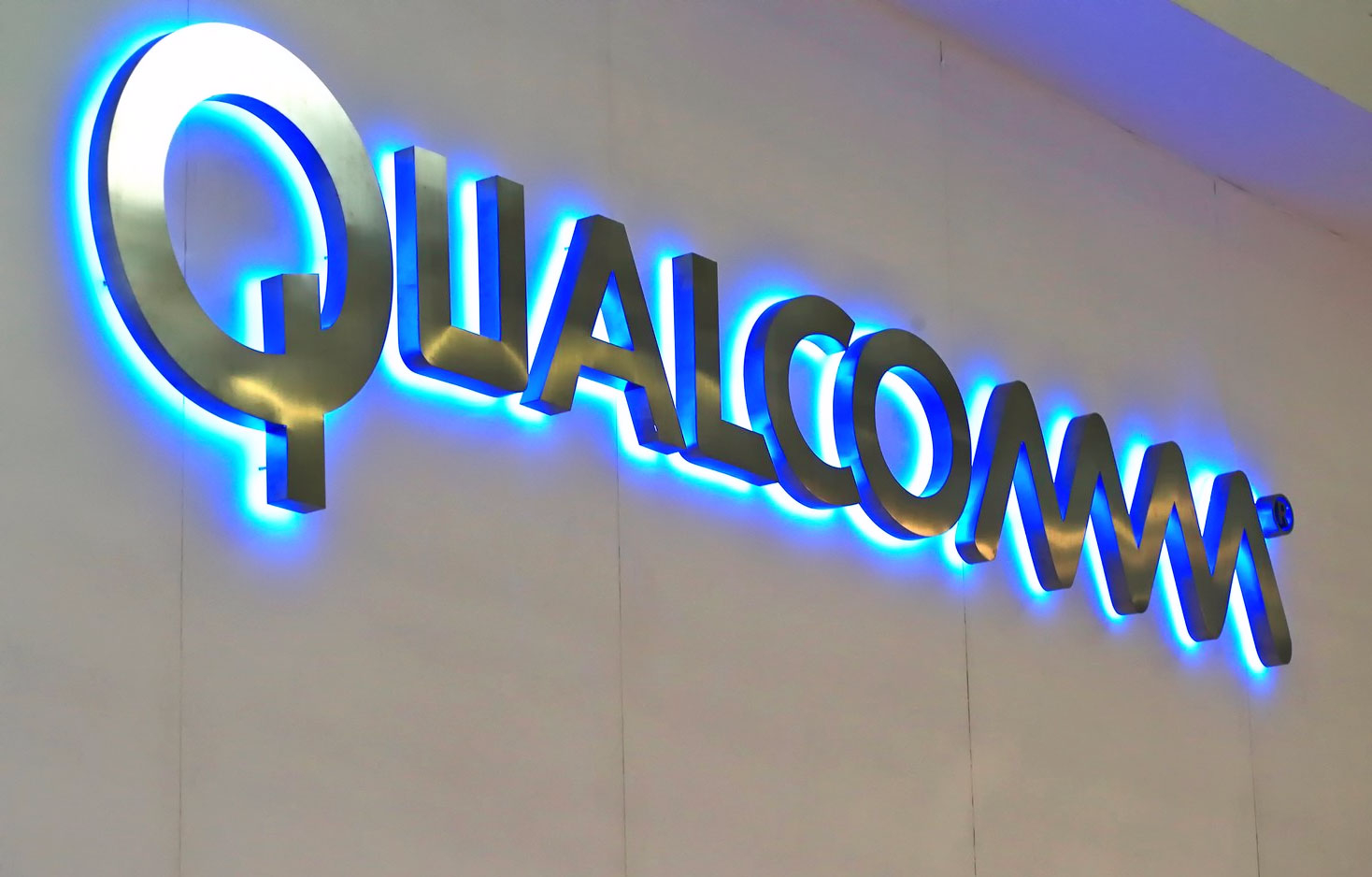
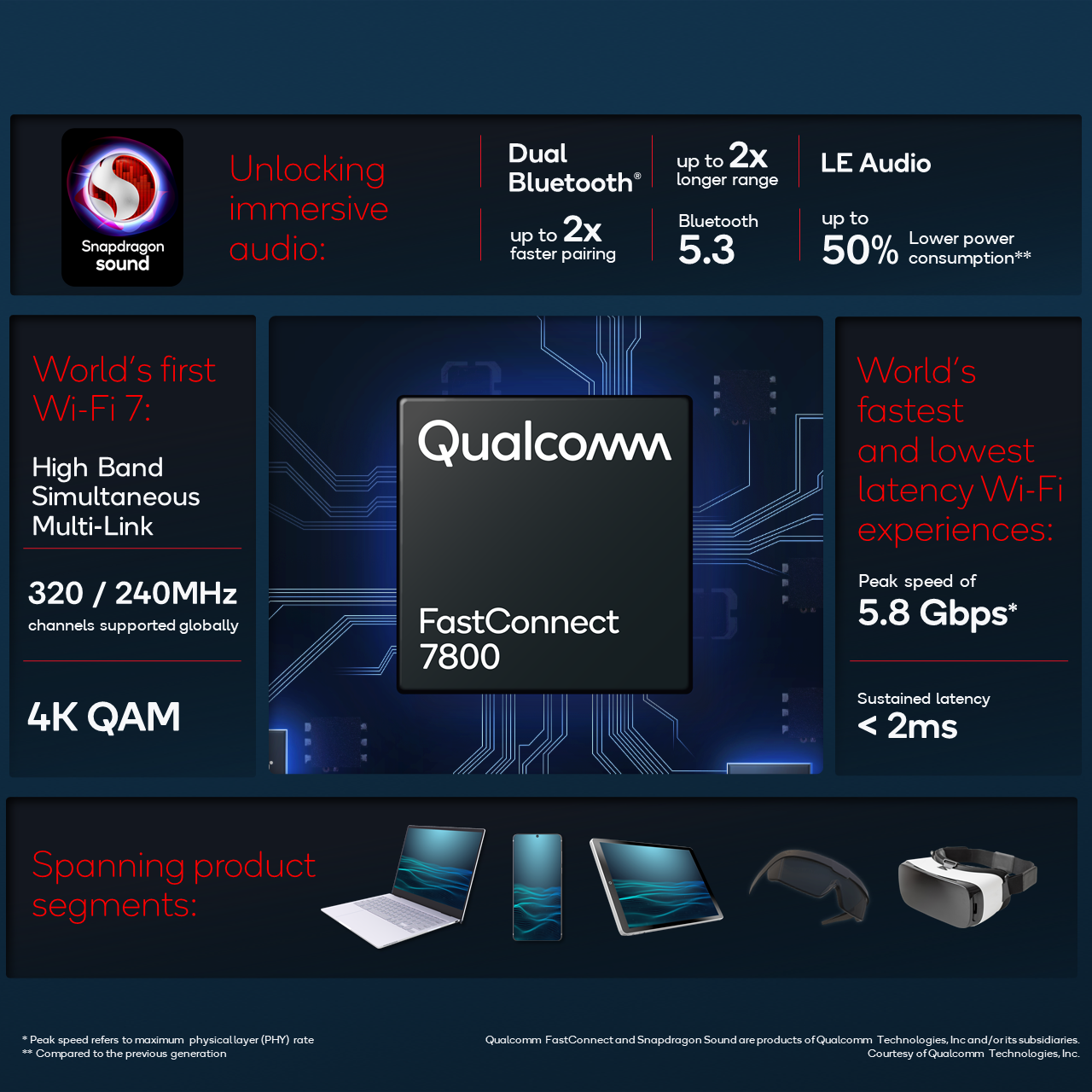
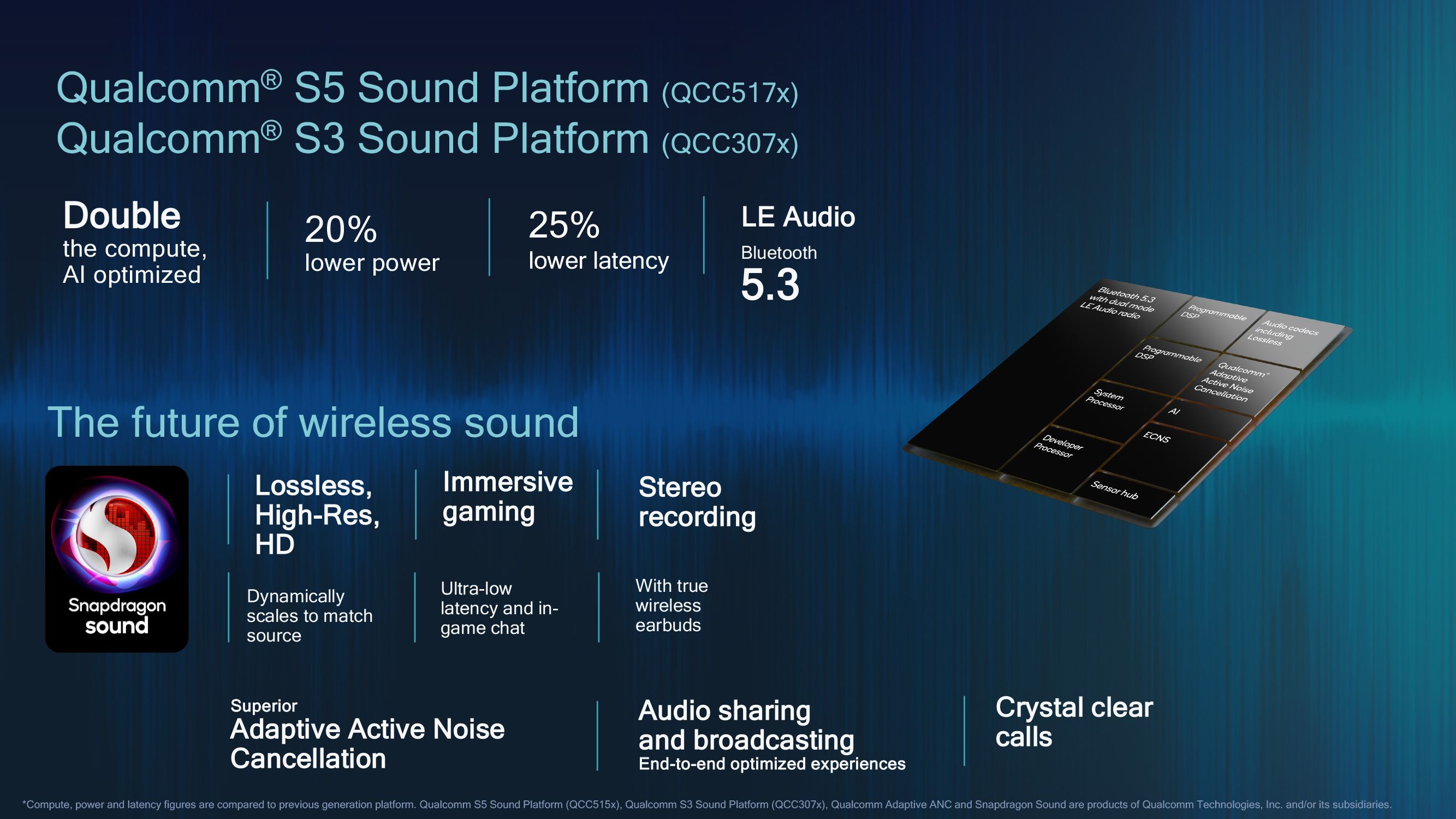
.jpg)
